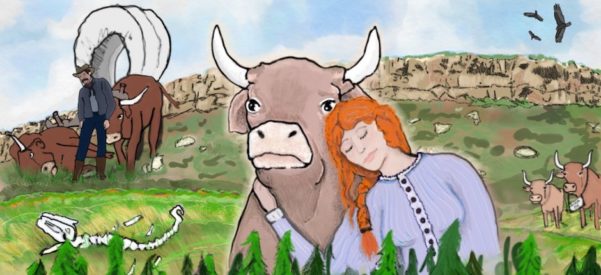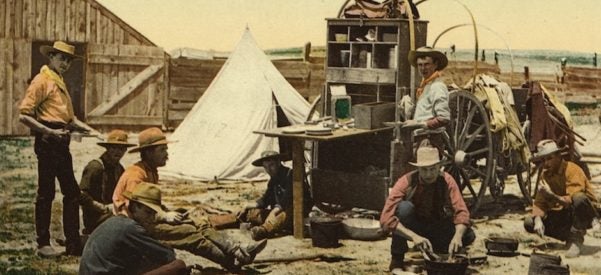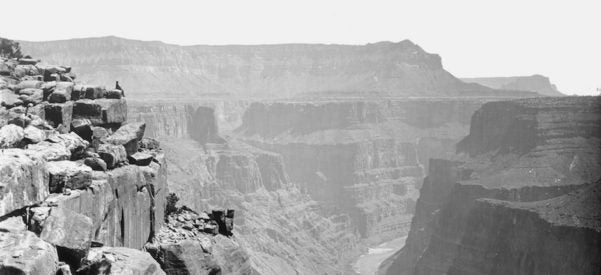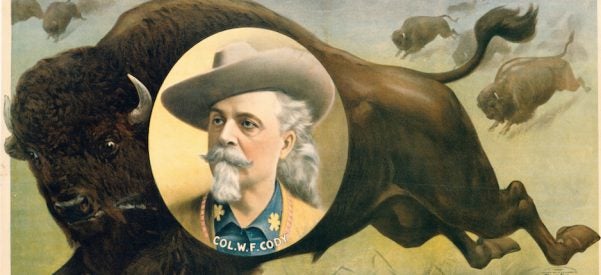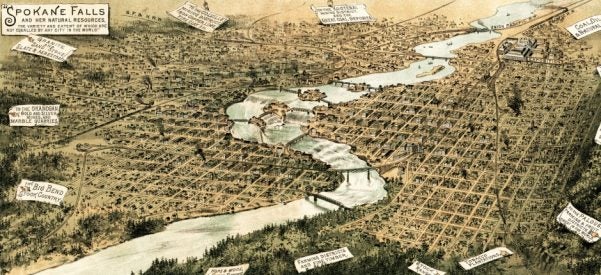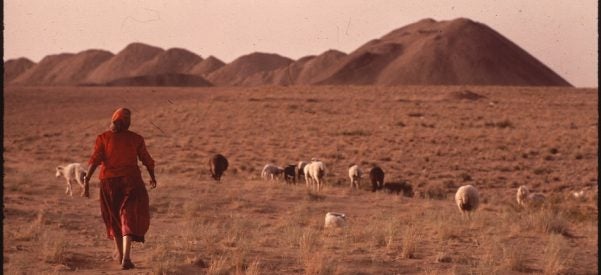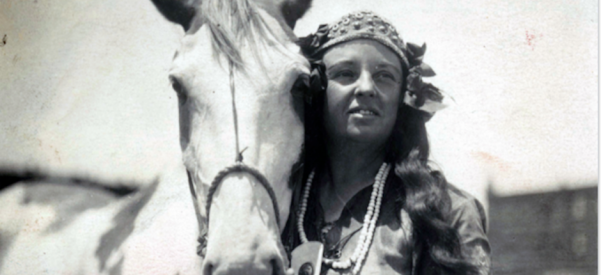The Oxen Were the Unheralded Heroes of America’s Overland Trails
Over Long Journeys, Westward Migrants Came to Love the 'Noble' Animals They Depended on
Between 1840 and 1869, approximately 300,000 people crossed the United States on their way to settle in Oregon, find gold in California, or practice religion as they desired in Utah. The story of these emigrants, who were soon known as “overlanders,” is well known, taught in every school in the United States. Despite the popularity of Hollywood films on the experience, and even a now-classic 1985 video game, The Oregon Trail, we rarely talk about the animals that took the …


